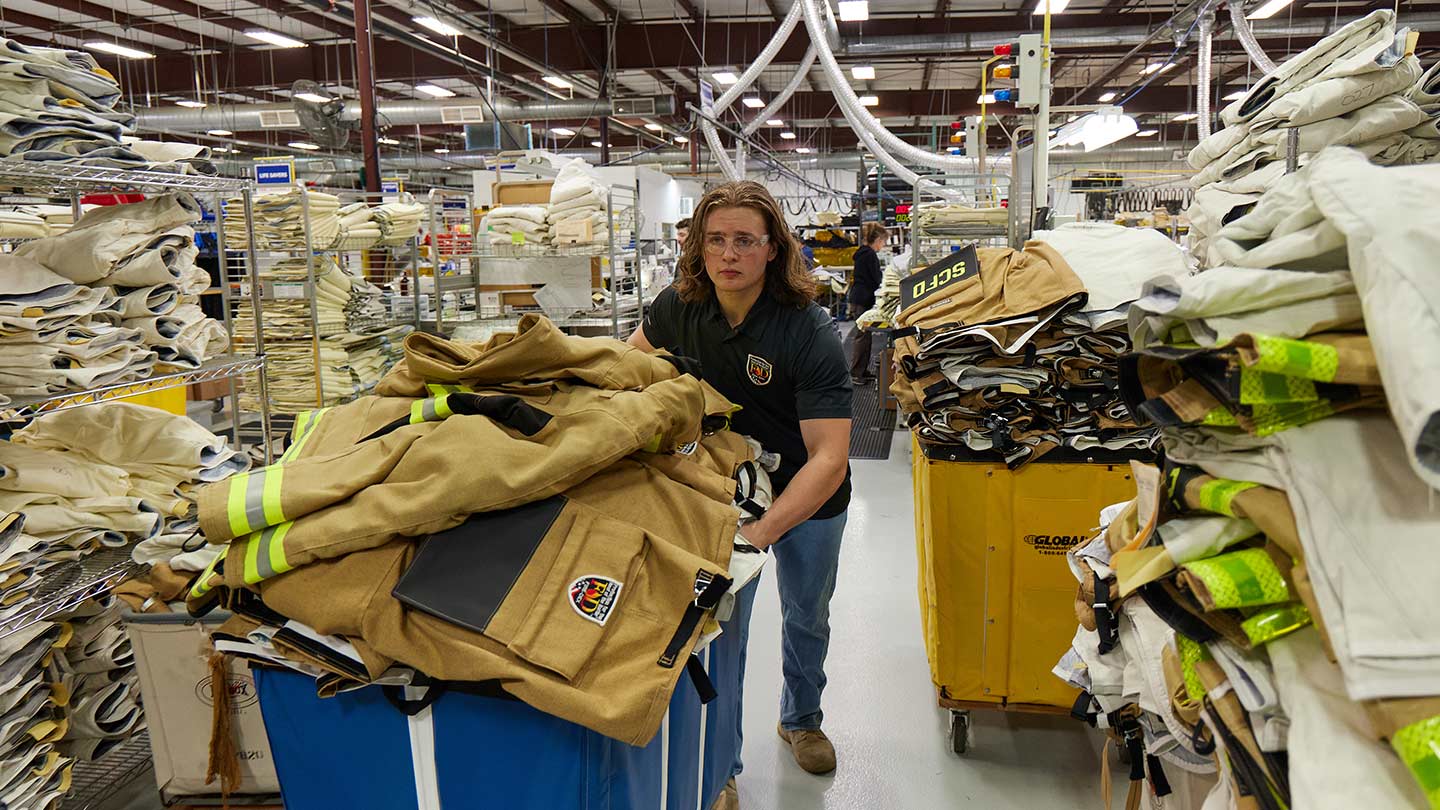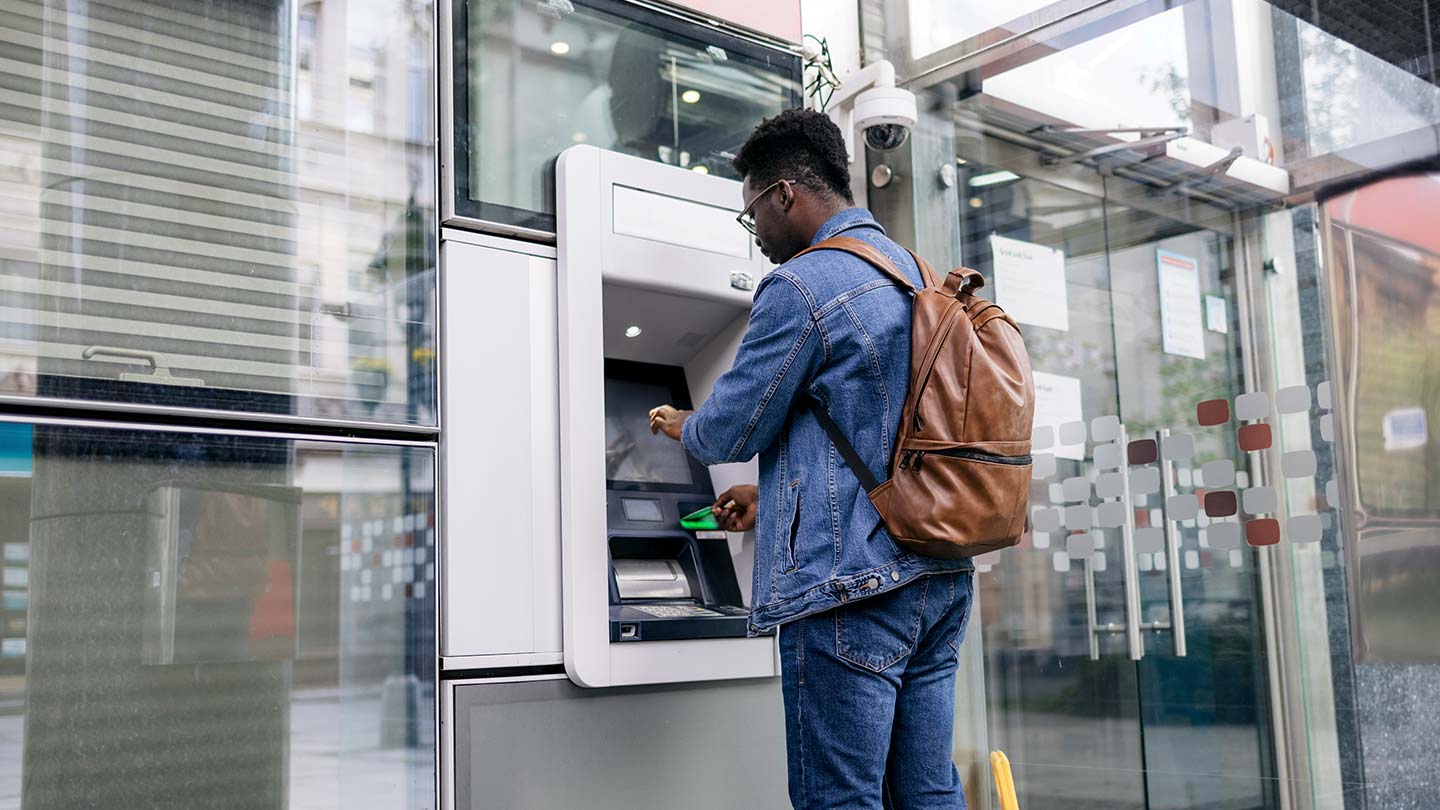A few years after she joined JPMorganChase in 2012, Andrea Shkane, a managing director, did something that terrified her: She acknowledged her hearing loss to her colleagues and asked for their support.
“Before the Americans with Disabilities Act, people didn’t admit they had invisible disabilities; we covered them up and compensated,” says the Business Operations executive from Columbus, Ohio, who lost part of her hearing at seven years old. “Although well-meaning, my parents told me not to tell people that I couldn’t hear, so it took a lot of courage for me to ask people to do things like sit on my hearing side and explain how background noise makes it more difficult for me to understand what they’re saying.”
As she began to open up about her disability in the workplace, Shkane was pleased and surprised by the responses she received. In time, she came to understand how helping others take the same risk would help extend the culture of trust and respect that she had encountered.
“We believe that our employees with disabilities bring unique experiences, insights and diversity of thought that help us better serve the needs of our clients and customers—whether or not they have a disability,” says Bryan Gill, Global Head of JPMorganChase’s Office of Disability Affairs (ODA). “Empathy is firmly embedded into our culture of inclusion.”
Ambassador for disability inclusion
Today, Shkane’s efforts to support JPMorganChase’s culture of respect and inclusion have had far-reaching impacts. She previously co-chaired a regional chapter of the company’s Access Ability Business Resource Group (BRG), which strives to make it easier for colleagues impacted by disabilities, long-term illness, or caregiving responsibilities to connect with one another and find the support they need.
The company continually encourages employees to self-identify—if they’re comfortable doing so—so it can deliver the kind of support that people with disabilities, both visible and nonvisible, need to succeed.
As a member of the Access Ability BRG, Michael Santoro, an executive director with Consumer and Community Banking in New Jersey, focuses on creating “top-of-the-class content” that the BRG can share with others in areas such as wellness, neurodiversity, parenting, mental health, caregiving and economic inclusion to help increase employees’ awareness and engagement with disability-related issues.
Santoro has participated in companywide training, developed to teach those who want to develop their emotional intelligence skills to help improve employee interactions and collaboration when addressing issues of disability and caregiving. The goal is to provide safe spaces for discussion and make wellness a core managerial principle at the firm.
“As part of the neurodiverse community myself —and as caregiver to my seven-year-old son who has cerebral palsy—I know what it’s like to be an outsider and how feelings of shame and impotence can impact us personally and professionally,” says Santoro. “I feel like it’s my job is to give others the resources they need to explore the question, ‘What is my place in this dynamic?’ and ‘How can connection and inclusion give us the purpose to become not only more productive but feel like part of a family in the workplace?’”
Knowledge drawn from experience
While many of JPMorganChase’s accessibility and accommodation policies are clearly spelled out, there is always room for improvement. The company actively seeks to bring employees with disabilities into the discussion, where they can share knowledge drawn from firsthand experiences.
Lumi Nagao, a Brazil-based software engineer, joined her Access Ability BRG chapter soon after she began working at the company in 2022. As a person with reduced mobility, she encountered some difficulties in navigating the bank’s offices while using a cane and suggested ideas for improvement.
"Going through areas using electronic badges can be a struggle when you're using a cane, perhaps while holding a cup of coffee," she explains. "If the company aims to attract more employees and clients with disabilities, the environment must be accessible. It's not fair to ask people to adapt."
Nagao’s vision resulted in a pilot program—to install automatic doors at the bank’s Faria Lima Street building in São Paulo, Brazil. The success of this program has since been rolled out into other JPMorganChase owned offices.
Caring for the caregiver
JPMorganChase’s effort to accommodate employees affected by disabilities also extends to those who need to balance their professional responsibilities with the caregiving needs and concerns for loved ones.
Morris Melliang, a vice president based in the Philippines, has firsthand experiences with these challenges. As a caregiver to his grandmother and mother, both of whom suffered immobilizing strokes, Melliang understands how increasing awareness can help people with disabilities and their caregivers feel better supported.
Now, he uses his experience and insights with the Access Ability chapter in Manila to train managers about effective ways to interact with colleagues or clients with disabilities—from learning hand gestures that help catch the attention of someone with hearing loss to remembering not to touch a wheelchair without a clear invitation.
“Sharing my story helps others and gives me a sense of fulfillment—of purpose,” he says. “When we share the processes we go through as caregivers, it helps managers better understand the need for out-of-the-office time while increasing their awareness.”
Not all disabilities are visible
Human Resources plays a critical role in providing services that help people stay well at work—and that includes connecting colleagues who are experiencing a mental health challenge with professional counseling and resources when they need them.
This became important to Matt Dorney, a vice president in the bank’s Asset and Wealth Management division, when he returned to work in New York following a leave of absence to treat his depression and anxiety.
As a Navy veteran who served in the Persian Gulf, Dorney wrestled with the stigma of seeking help before turning to JPMorganChase’s Employee Assistance Program to learn about its benefits. Upon returning work, the welcoming he experienced led him to describe the struggles he’s faced as part of the company’s mental health campaign, “This is Me.”
To date, more than 100 employees have shared their mental health journeys through the global awareness campaign.
“I felt there was a lot of respect for my privacy, which was helpful,” Dorney says. “And, as I work through my issues, I want to help others who might be going through the same thing. I’ve personally gained a lot of support through having that dialogue.”




